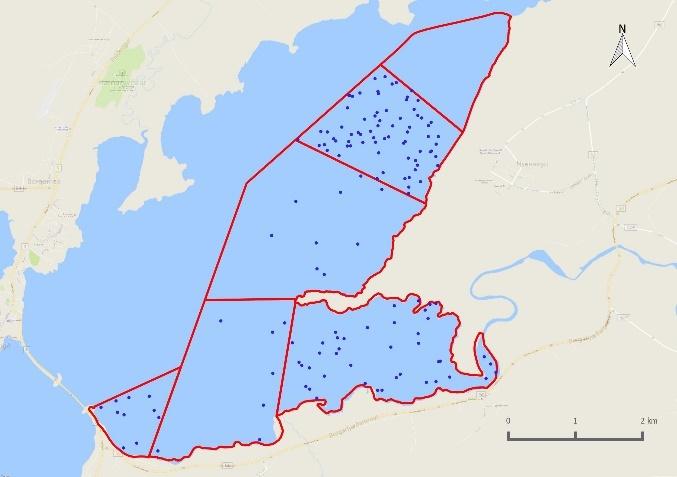
2 minute read
3.4 Waterbird abundance during surveys: low tide versus rising tide
For wildfowl and their allies, regardless of the habitat zone, more birds were recorded foraging during low tide surveys and as roosting during rising tide surveys (Figure 3-6 (a)). Small numbers of wildfowl were recorded in terrestrial areas, and these birds were more frequently recorded foraging than roosting. Waders were mostly recorded as foraging in intertidal and subtidal areas, and roosting in supratidal and terrestrial areas (Figure 3-6 (b)). The records of waders in subtidal areas are Red-necked Phalaropes which swims while foraging. Seabirds were most commonly recorded foraging when in intertidal and subtidal areas, and roosting when in supratidal areas (Figure 3-6 (c)).
In most cases, the number of birds recorded during low tide surveys was greater than during rising tide surveys (Figure 3-2). This is often the case for surveys like this, and indeed is the reason that rising tide surveys were undertaken rather than high tide surveys. Waterbirds are easier to count when they are dispersed across extensive intertidal areas at low tide, compared to at high tide, when they are squeezed together in high tide roosts, and often obscured by vegetation or rocks. Therefore, in some cases the explanation for higher counts during low tide surveys may be greater detectability. However, this pattern may also reflect differential use of the site for foraging (at low tide) and roosting (at high tide). It is apparent that, for some species, some birds use high tide roosting areas outside the survey area and forage in the survey area when the intertidal sand and mudflats are exposed at low tide.
During the spring, Oystercatcher, Golden Plover, Ringed Plover, Black-tailed Godwit, Redshank, Turnstone, Dunlin and Purple Sandpiper were recorded in considerably larger numbers during low tide surveys compared to rising tide surveys. In the autumn, considerably more Golden Plover, Ringed Plover, Redshank, Turnstone and Dunlin were recorded during low tide surveys compared to rising tide surveys. This suggests that they avail of high tide refuges outside the Andakíll Ramsar site. It is also possible that some small or inconspicuous roost sites were missed during these surveys. This highlights the importance of conducting both low tide and rising tide surveys to understand the complete picture on how the birds use the protected area. However as systematic surveys were not conducted outside the Andakíll Ramsar site, it is not known if there are regular high tide roosts that these birds commute to.










